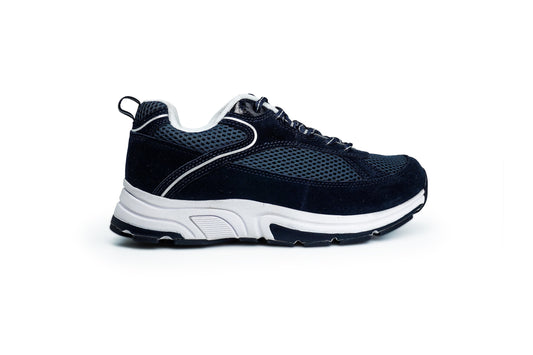Heel Pain Unveiled: Navigating Plantar Fasciitis for a Comfortable Stride
Plantar fasciitis, a common cause of heel pain, can be a significant hindrance to daily activities and exercise. Understanding the ins and outs of this condition is crucial for effective management and relief. In this comprehensive guide, we'll walk you through the world of plantar fasciitis, covering its causes, and symptoms, and offering practical insights on treatments and prevention.

What Causes Plantar Fasciitis?
- Overuse or Strain: Repetitive stress or strain on the plantar fascia, the band of tissue that supports the arch of the foot, can lead to inflammation and heel pain.
- Foot Structure: Flat feet, high arches, or abnormal walking patterns can contribute to the development of plantar fasciitis.
- Age and Activity Level: Plantar fasciitis is more common in middle-aged individuals and those who engage in activities that put stress on the heel, such as long-distance running.
- Tight Achilles Tendon: A tight Achilles tendon can increase strain on the plantar fascia.
Signs and Symptoms
- Sharp Heel Pain: The most common symptom is a sharp pain in the heel, especially with the first steps in the morning or after periods of inactivity.
- Stiffness: Stiffness and discomfort may be felt in the foot, particularly after prolonged periods of sitting or standing.
- Swelling: The heel may appear swollen and tender to the touch.
Treatment Options
- Rest and Ice: Resting the foot and applying ice can help reduce inflammation and alleviate pain.
- Stretching Exercises: Gentle stretching exercises, especially for the Achilles tendon and calf muscles, can improve flexibility.
- Orthotic Inserts: Custom or over-the-counter inserts provide support and help distribute pressure evenly on the foot.
- Anti-Inflammatory Medications: Over-the-counter or prescription medications may be recommended to reduce inflammation and pain.
Prevention Tips
- Proper Footwear: Wear shoes with good arch support and cushioning to reduce stress on the plantar fascia.
- Gradual Activity Increase: Avoid sudden increases in activity levels to prevent overloading the foot.
- Stretch Regularly: Incorporate regular stretching into your routine, especially if you have tight calf muscles or Achilles tendons.
- Maintain a Healthy Weight: Excess weight can contribute to heel pain, so maintaining a healthy weight is beneficial.
When to Seek Medical Attention
If the heel pain persists, becomes severe, or if there is no improvement with home care, it's advisable to consult with a healthcare professional or a podiatrist for a proper diagnosis and tailored treatment plan.
Browse our collection of Prescribed Orthotics from the w American medical footwear manufacturer Drew Shoe.








